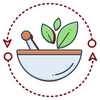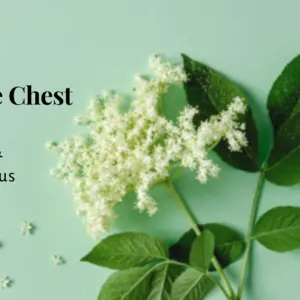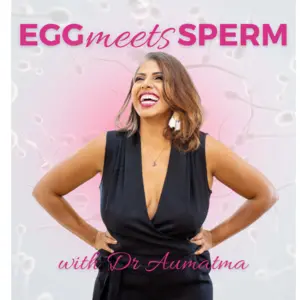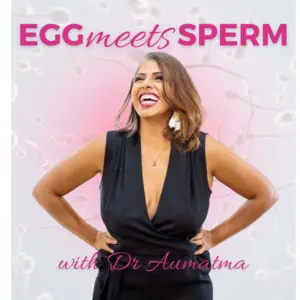

Complementary and Alternative Medicine (CAM)

Complementary and Alternative Medicine (CAM)
More US Children Using Yoga and Meditation
The use of complementary health approaches for US children is on the upswing, according to the National Center for Complementary and Integrative Health (NCCIH). Survey data from the NCCIH, a branch of the US Department of Health and Human Services, shows a surge in the use of yoga and meditation among children aged 4 to 17.
According to the survey, in the year 2017 the percentage of children in that age group using yoga more than doubled to 8.4% while those meditating increased tenfold from 0.6% to 5.4%. The third most widely used complementary health approach, chiropractic care, remained static at 3.4%.
Girls are more likely to have used yoga than boys—11.3% compared to 5.6%—while there were no significant gender differences in the use of meditation and chiropractic care.
The most recent comprehensive survey of complementary health approach use published by the NCCIH, in 2012, showed overall that just over 11% of children had used or been given some form of complementary product or practice that year. Figures from that survey showed that natural products—fish oil, melatonin, and probiotics—was the most frequently used approach, followed by chiropractic manipulation, yoga, Tai Chi, or Qigong, deep breathing, homeopathy, meditation, special diets, massage, guided imagery, and movement therapies.
Complementary and integrative therapies and approaches were most commonly used to treat neck or back pain, colds, anxiety or stress, attention-deficit disorder or attention-deficit hyperactivity disorder, and insomnia.
The most effective and low-risk mind and body practices for children, according to NCCIH recommendations, are biofeedback, guided imagery, hypnosis, mindfulness and yoga. NCCIH warns that because of children’s developing organs and immature immune system, they can be vulnerable to adverse reactions to dietary supplements.
REFERENCES
National Center for Complementary and Integrative Health. (2017). National health interview survey 2017. US Department of Health and Human Services, National Institutes of Health. https://www.nccih.nih.gov/research/statistics/nhis/2017
National Center for Complementary and Integrative Health. (n.d.). Children and the use of complementary health approaches. US Department of Health and Human Services, National Institutes of Health. Retrieved January 24, 2021, from https://www.nccih.nih.gov/health/children-and-the-use-of-complementary-health-approaches?nav=govd


 By
By







